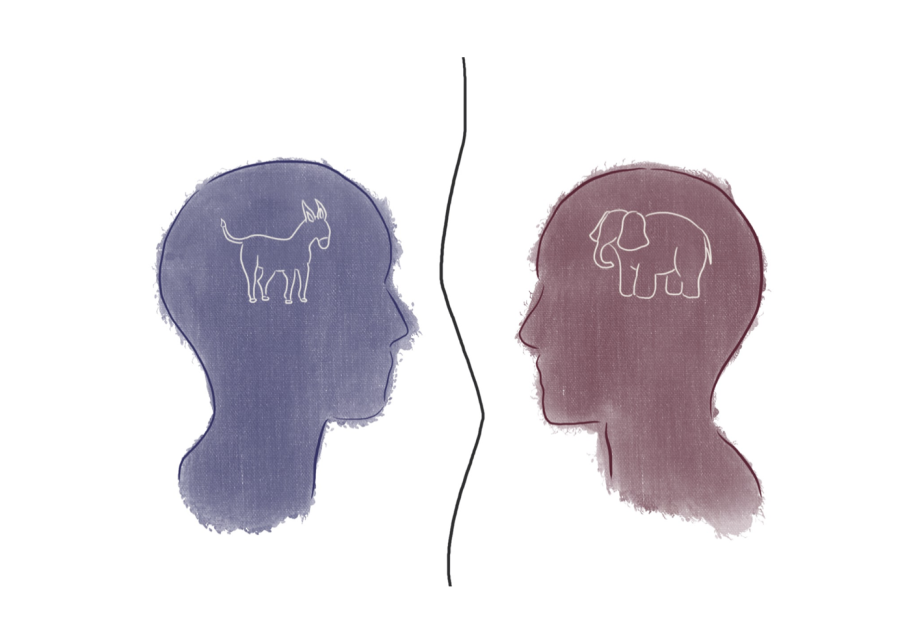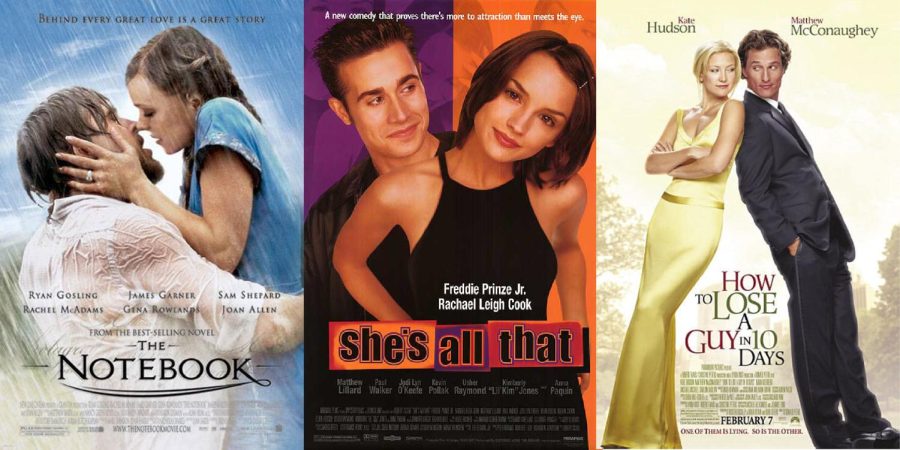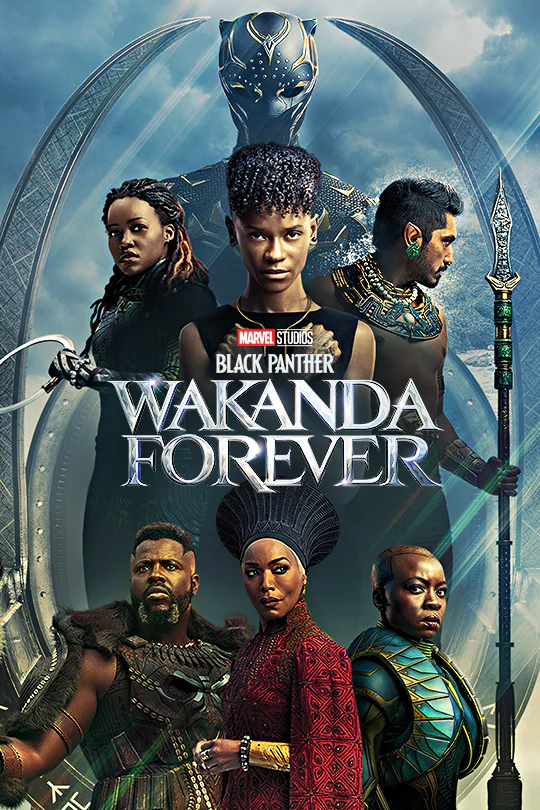Wakanda Forever: The Tribute
Marvel is one of the most loved movie franchises, and within the marvel world, Black Panther is one of the fans’ favorite superheroes. However, due to the passing of Chadwick Boseman, many were hesitant if they could execute the second black panther without Chadwick Boseman. Wakanda Forever is the movie that has fixed Marvel’s reputation, seeing as past movies have not been doing so well. Wakanda Forever, of course, missed seeing Chadwick Boseman as Black Panther, but the movie was done beautifully. The movie did a perfect way of recognizing and mourning Chadwick Boseman (T’Challa) ‘s death. The director, Ryan Coogler, feeds his and the public’s grief into the story, infusing the movie with somber notes of family loss and collective mourning. A sense of disorder also follows in the wake of a charismatic, unifying leader.
T’Challa’s mother, Queen Ramonda, has ascended to the throne, at least for the moment. The genius little sister, Shuri, scrambles to honor her brother’s memory and fill his shoes. The kingdom seems vulnerable as the outside world conspires to gain access to Wakanda’s vibranium. Wakanda can hold its own against the United States and France. The real threat comes from under the ocean, where the isolated aquatic nation of Talokan controls the planet’s only other source of vibranium. The king of Talokan goes by Namor, a demigod with pointy ears and wings on his ankles. Namor has a grievance-based radicalism that the movie struggles to refute, just like Killmonger (T’Challa’s nemesis). He is a classic MCU antihero, not entirely unjustified in his wrath. A mining operation threatens to expose his oceanic utopia, and he plans to stop it by wanting to kill the scientist who created the vibranium tracking device. Nevertheless, Wakanda does not want any part of the killing and wants to save the scientist. This creates a rift between the two most powerful nations, but who will find peace?
All of Coogler’s defining elements are present. He showcases culture just like in the first movie. However, this time, we are introduced to Namor’s aquatic paradise beyond Wakanda’s emerald fields and swarming marketplaces. The movie displays a visual representation of Mayan folklore; the clothing, speech, and architecture are all threaded with intricate Indigenous details. Sadly, one of the disappointments in the movie is not getting to spend more time exploring the underwater city and getting insight into their culture and peoples.
Wakanda does its best to shoulder their grief, to remember what they lost. To pay homage and reflect. The thing is, superhero films demand a certain momentum. There can never be a dull moment; they need to keep moving. They flip through like a comic book, panel by panel, never resting too long before the next scene. Grief requires the opposite. It wants us to pause, to slow our steps. This is where Wakanda Forever differs from most superhero films. It causes the audience to have a hard time deciding just what they should feel and what emotion they should feel. However, that is what makes a more honest film. The central aspect that makes Wakanda Forever a unique movie is grief as its centerpiece. Some may love this new aspect, while others will find this the least satisfying part of the film. You cannot avoid the fog that arises and the pain that feels like it might never leave.
Even in Afrofuturist utopias, not even superheroes can outmaneuver death. When they do not prove invincible, what then? Those who remain to find a way to fight, to heal. It is an age-old story and tragically too real. It is one that everyone has heard about before, the one that never loses meaning.
Your donation will support the student journalists at Barrington High School! Your contribution will allow us to produce our publication and cover our annual website hosting costs.























































